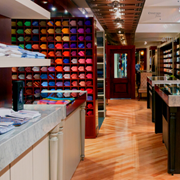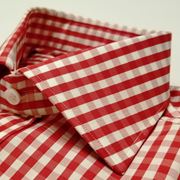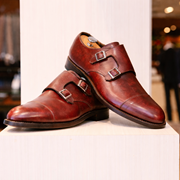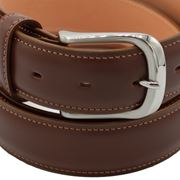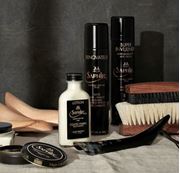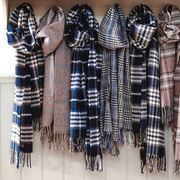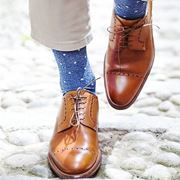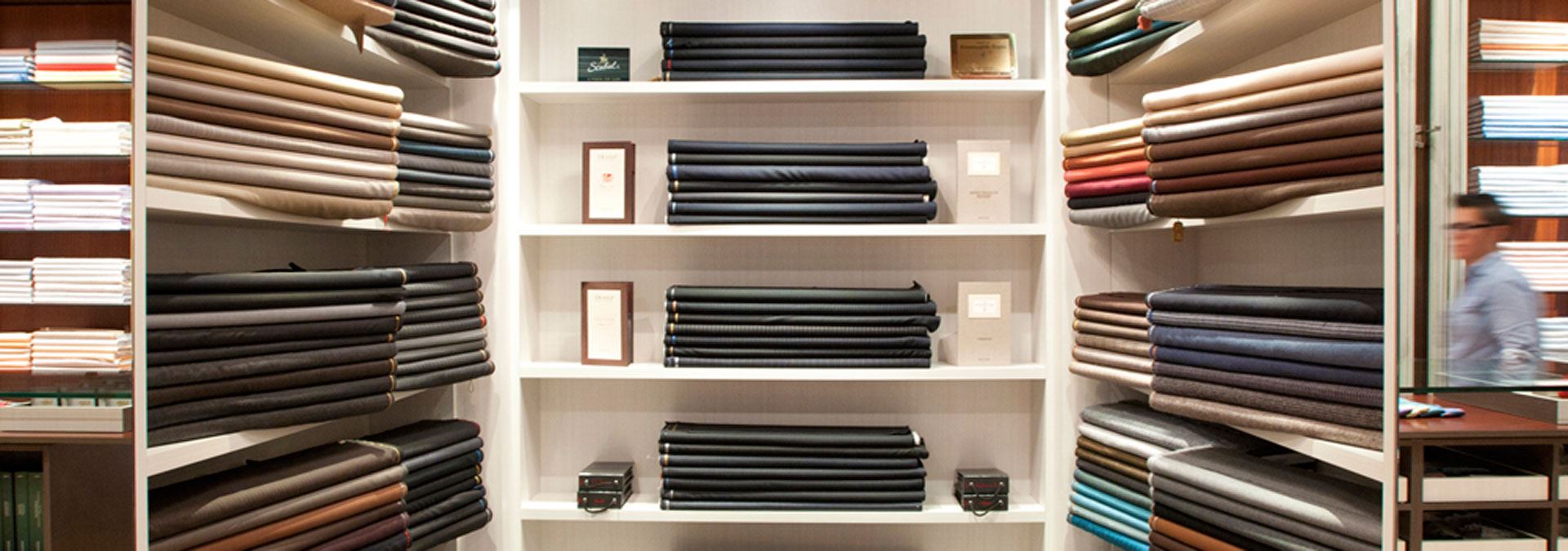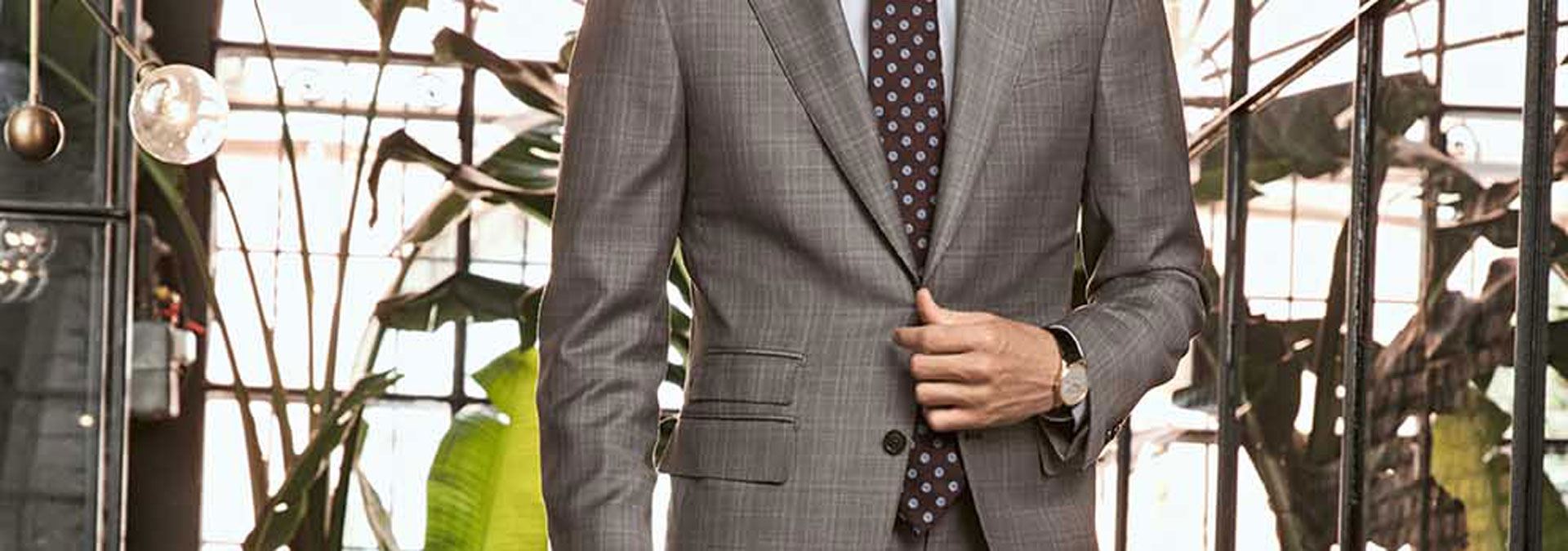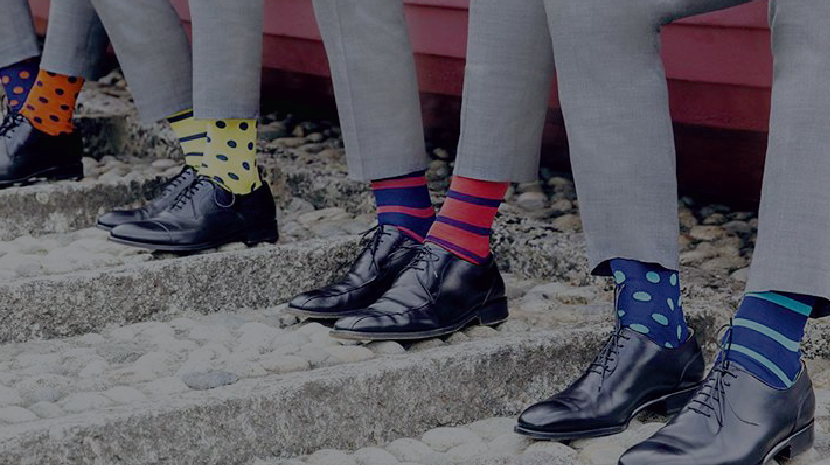
Image courtesy of The Bespoke Dudes
In classic menswear, some of the most charming details go unnoticed until you know what to look for. A jacket's bottom button left undone, a crease down a trouser leg, a stitched slit in a lapel. These are not just style quirks. They are time-honored traditions shaped by history, function, and the quiet evolution of good taste.
At Arthur’s, we believe that knowing more about how and why these details came to be makes the experience of dressing well even more enjoyable. We see it as part of our role to inform and guide our clients because a well-informed customer is empowered, confident, and ultimately more satisfied with what they choose to wear.
Here are a few of the details we love and the stories behind them.
The Unbuttoned Bottom Button
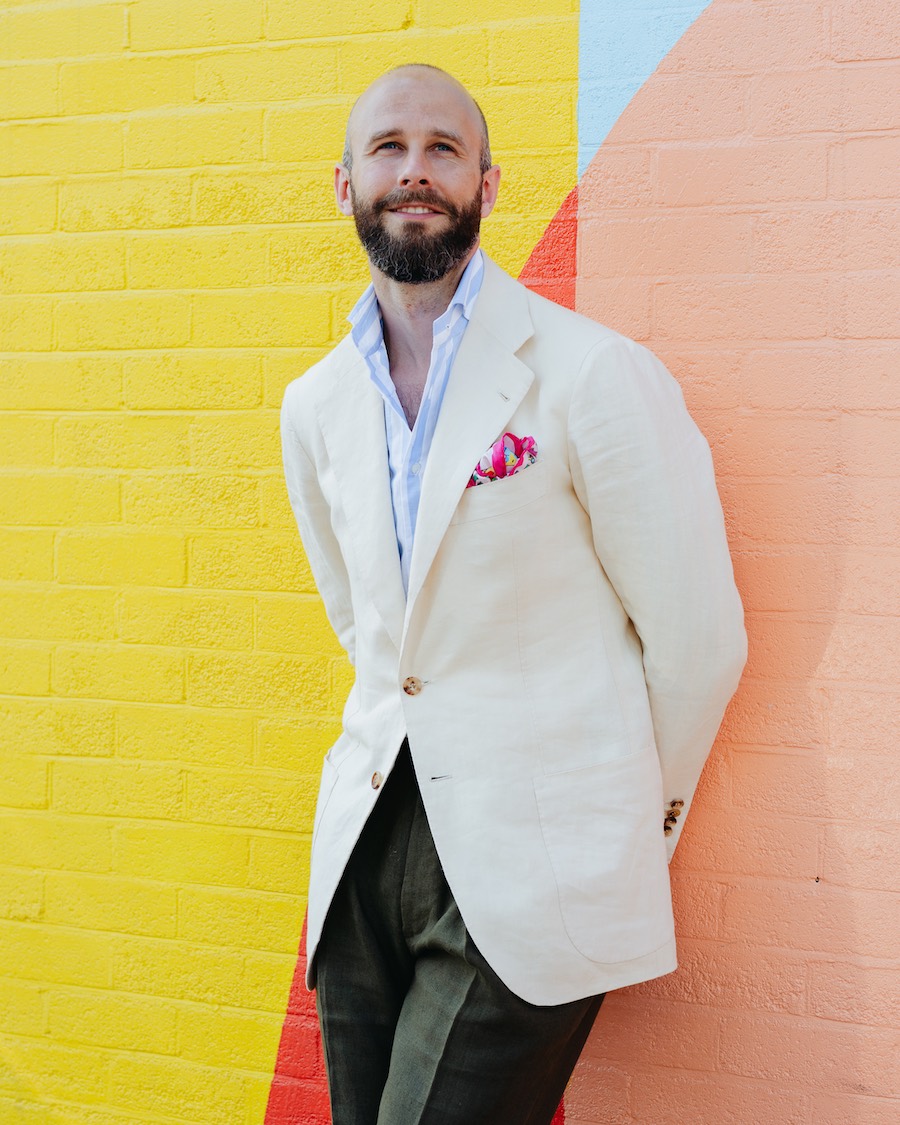
Image courtesy of Permanent Style
This styling choice dates back to King Edward VII, who was reportedly too large to comfortably fasten the bottom button of his jacket. Rather than adjust the tailoring, he simply left it open. Out of deference and imitation, his court followed suit and the look became a rule. Today, leaving the bottom button undone helps maintain a clean line and natural drape.
Lapel Buttonholes
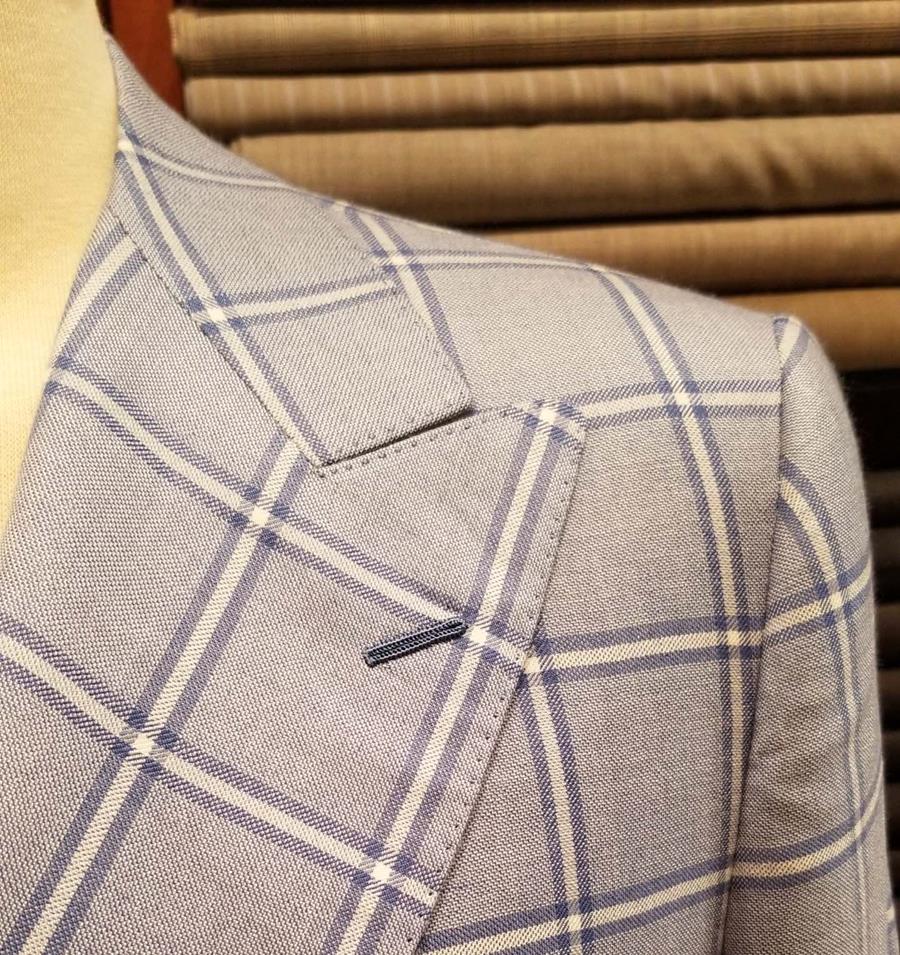
That small slit on your lapel was once used to hold a fresh flower—usually a carnation or gardenia—worn for formal occasions. While rarely used functionally today, the buttonhole remains as a subtle reference to tradition and ceremony.
Surgeon’s Cuffs
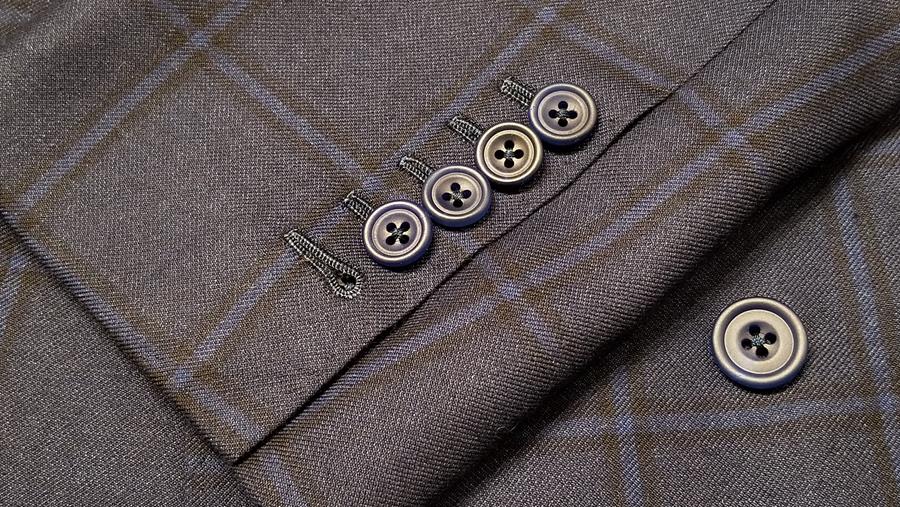
Working buttonholes on a jacket sleeve were originally designed for military surgeons who needed to roll up their sleeves quickly. Today, they are a hallmark of custom tailoring. A few buttons left undone quietly signal that your jacket wasn’t bought off the rack.
The Pocket Square
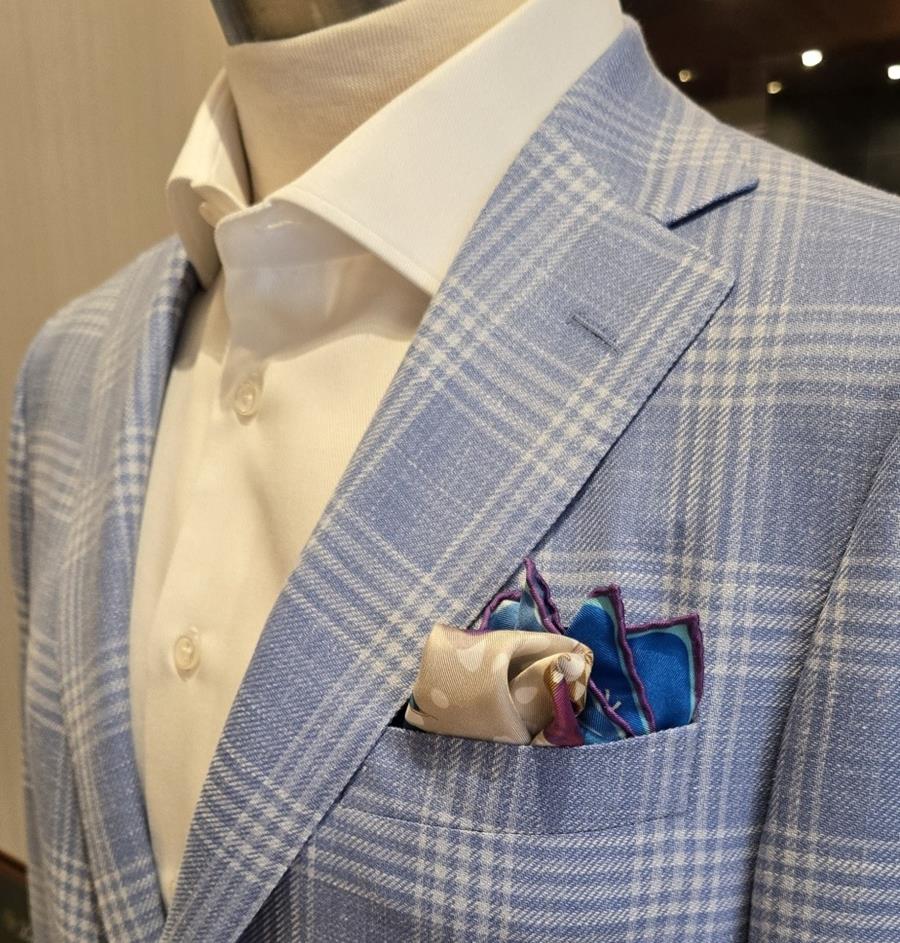
Originally a practical handkerchief kept in the breast pocket, the pocket square was ready to be offered to a lady in distress. A true gentleman might hand his square to a woman to wipe away tears or help with a runny nose. Over time, the gesture became symbolic, and the square evolved into a purely decorative accessory. Today, it adds a touch of refinement, ideally without matching the tie too precisely.
The Origin of the “Cravate”
The French word for tie comes from “à la croate,” referring to the Croatian soldiers whose distinctive knotted neckwear caught the attention of the French court in the 17th century. Their flair became fashionable, and the necktie was born.
Cuffed Trousers
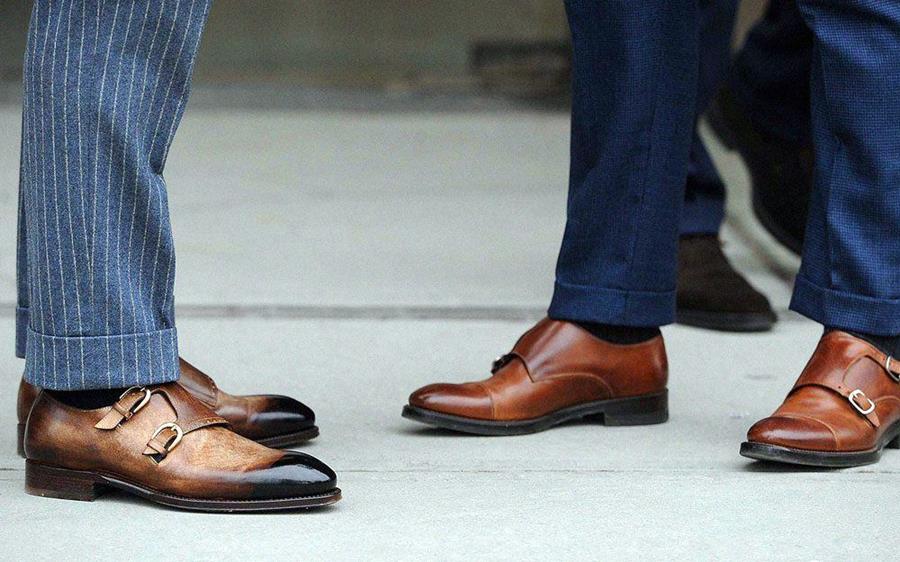
Image courtesy of Gentlemans Gazette
This detail began as a practical measure to keep trouser hems clean in muddy streets. Eventually, it became a stylistic choice. Cuffs add visual weight and help trousers fall more cleanly over the shoe.
The Oxford Shirt Isn’t from Oxford
Oxford cloth was developed in 19th-century Scottish mills experimenting with unique weaves. Each was named after a prestigious university, but only "Oxford" survived the test of time. The fabric became iconic for its balance of durability and comfort.
The Trouser Crease Was an Accident
Originally caused by trousers being folded and pressed flat during shipping from Europe to America, the crease became associated with neatness and formality. What began as a byproduct of packaging is now a respected element of classic dress.
In menswear, these details do more than add charm. They bring depth and history to the simple act of getting dressed. At Arthur’s, we believe understanding what you wear is just as rewarding as wearing it well. Spend time with us and these stories will naturally become part of your experience.
More sartorial insights and beautiful new arrivals coming soon.


